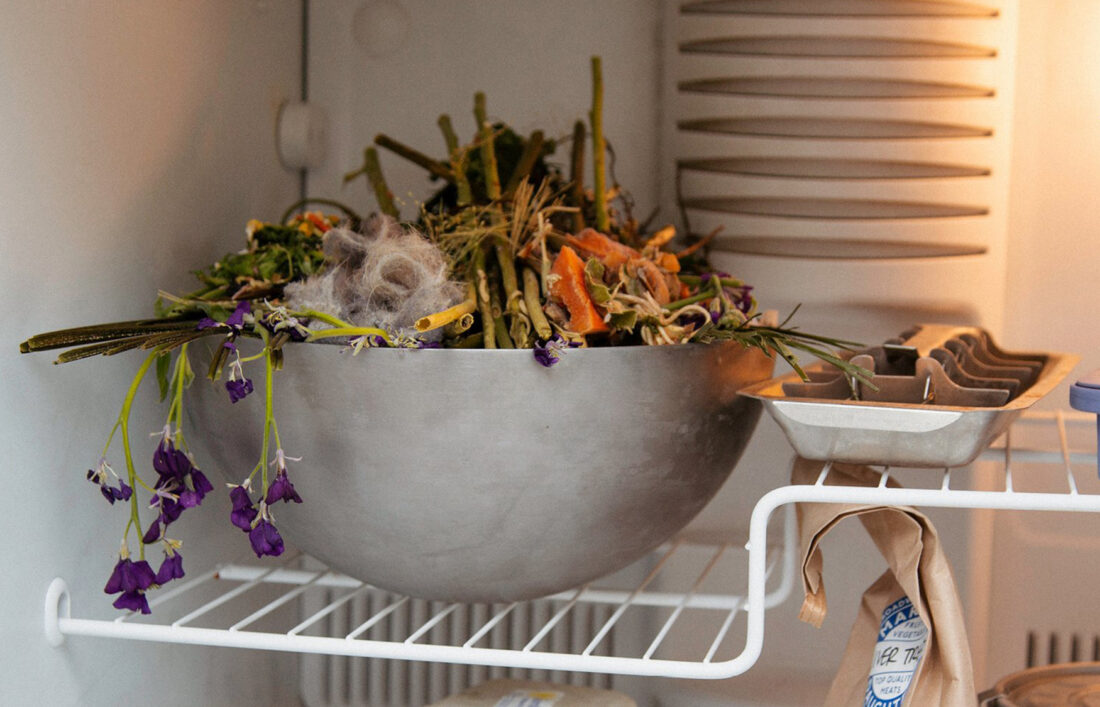
If you know me, you know how much I love to compost. It is my number one suggestion for something that you can do to have a more positive impact on the planet.
Why am I so passionate about composting?
According to the Environmental Protection Agency, 20% of the annual American waste stream is food. This amounts to roughly 72 billion pounds of food being discarded in landfills each year.
Of that, 52 billion pounds is from manufacturers, grocery stores, and restaurants, and the rest is from individuals. The average American wastes about one pound of food every day, and over the course of 365 days, that adds up to a lot of waste.
Not only would 52 billion pounds of food feed approximately 2 billion people annually, but the pile up of organic waste in landfills has a serious impact on the planet. How so?
While you might think an apple core is natural and will break down in the trash, that’s not exactly what happens. In order for any organic, biodegradable material (think: an apple core, banana peel, or a rotten tomato) to properly decompose, it uses oxygen. But since landfills are so tightly packed in order to fit in as much trash as possible, all oxygen is squeezed out. And now, when that apple core begins to breaks down in a landfill, it must do so anaerobically (aka without the presence of oxygen). When this happens, biogas is generated—which primarily consists of methane, and smaller amounts of water vapor and carbon dioxide—aka greenhouse gases (learn more about the greenhouse effect and climate change here!) Methane is particularly harmful to the environment because it is 34 times more effective at trapping heat than carbon dioxide (CO2) over a 100-year period and contributes in a MAJOR way to global warming.
Just how much greenhouse gas is actually being produced by all of this food rotting in landfills?
According to the Natural Resources Defense Council, food waste is responsible for roughly 2.6 percent of all U.S. greenhouse gas emissions. This might seem like a small amount, but that’s more than the emissions of 37 million cars combined. Plus, it would all be totally avoidable if we all composted!
And with the rise in plastic use since the start of the pandemic, composting is more important now than ever before to decrease our contribution to landfills and to reduce overall greenhouse gas emissions wherever possible.
But for many, the pandemic has made composting a bit trickier. Maybe your community garden has stopped accepting compost for the time being, or drop off days are now fewer and farther between, or if you’re like me and live in New York City, the citywide budget for organics recycling was widely cut, decreasing access to composting in a major way.
So, how do you compost now?
The pandemic may have added some extra hurdles, but that doesn’t mean your composting efforts have to be scrapped altogether. Here are a few ways to continue composting during COVID-19:
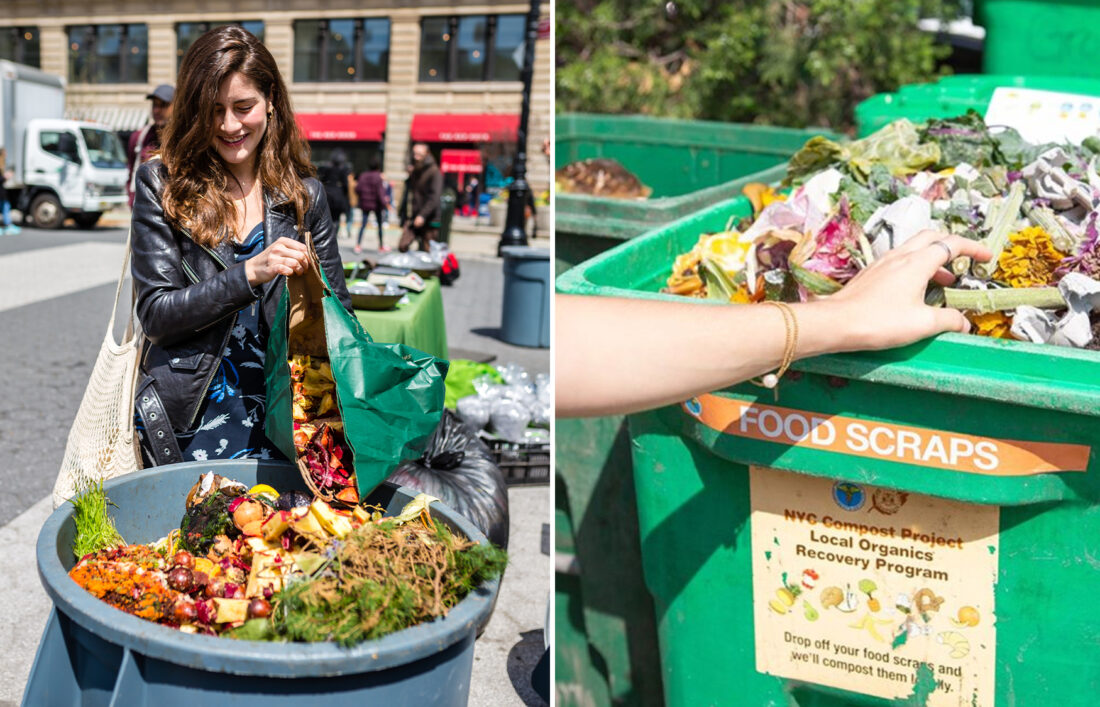
1. See if there are nearby places still accepting food scraps.
If your usual compost drop off site has temporarily or permanently closed due to COVID-19, check to see if there are other nearby locations that are still accepting food scraps. Lots of community gardens, volunteer groups, and commercial pick-up services have kept their doors (well, their bins) open over the past 6 months. Perhaps there is a community garden still accepting drop off in the town next over. Or maybe you might consider paying for pick up until your local farmers market starts accepting scraps again. To find locations near you, do a quick Google search of something like, “Composting near me” and then filter the search results to the last 6 months. Or if you go to a weekly farmers market, or live in a more rural area, try reaching out directly to farms to see if they are accepting or know of anyone who is accepting compost during this time.
Psst. Need a compost bin? Check out the new Package Free countertop compost bin! It is compact, durable, plastic free, and comes with a replaceable Cotton and Activated Charcoal Filter to keep your home smelling fresh.
2. Freeze your compost.
If collection hours or days have been changed or limited due to COVID-19, making it harder for you to drop off your scraps, freeze your compost in the interim. If you have the space available in the freezer, your compost will be fine for many months until you’re able to find the time or place to drop it off (bonus: it won’t get stinky!)
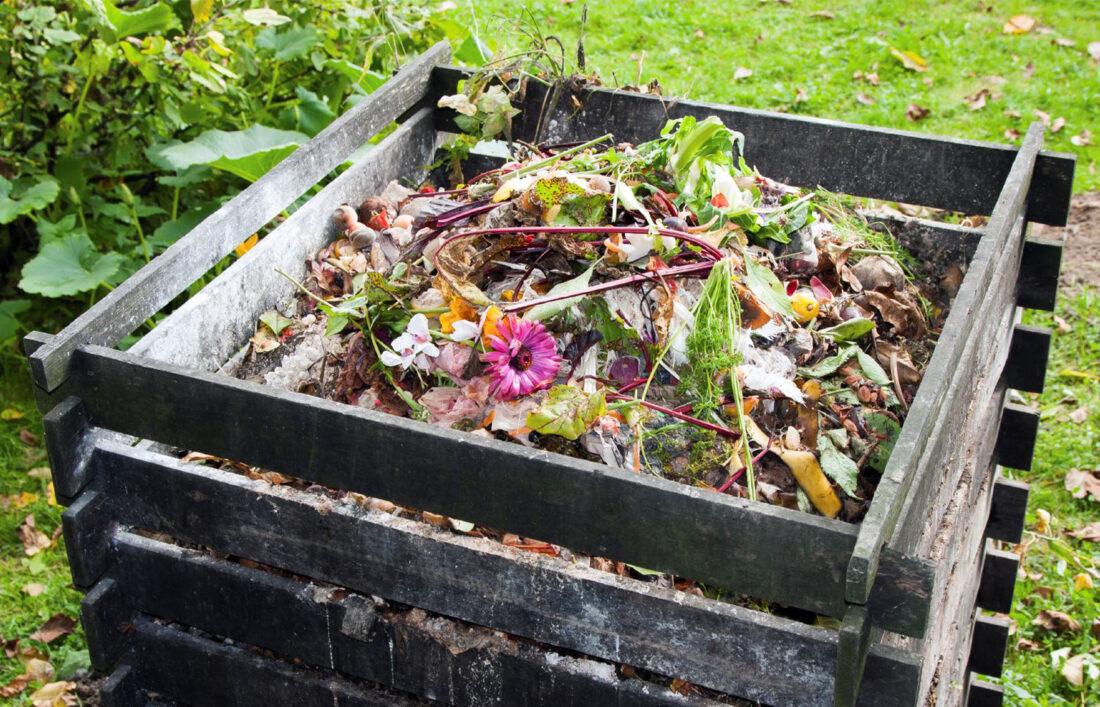
3. Do it yourself.
Now might be the time to take matters into your own hands and make your own compost! Depending on your where you live, there are a couple of ways to do that:
- Backyard Compost: If you have the space (you’ll need about one cubic yard), you can easily set up a compost bin (it can just be a big empty trash bin) or a compost pile! Once you have your bin or area, you’ll want to add a 2:1 ration of browns (aka dry leaves, small twigs, etc) to greens (your food scraps, yard clippings, etc), which provides the perfect mix of carbon (from the browns) to nitrogen (from the greens) and helps everything break down more efficiently. Once you have this mix, all you’ll need to do is water and turn your compost, until it eventually turns into rich soil.
- Vermicomposting (aka worm composting!): If you don’t have the yard space for a backyard compost, or if you like in an apartment, vermicomposting is an awesome option. This is where redworms (commonly known as red wigglers) will breakdown and digest your food scraps into a rich fertilizer that can be used for your plants or garden. For a beginner’s guide to vermicomposting and setting up the bin, check out this article!
4. Advocate for the reinstatement of composting programs.
In light of the pandemic, composting programs across the globe have been impacted by budget cuts, restrictions, or even complete suspensions. Back in May, New York City’s curbside composting was suspended and funds for community composting sites throughout the city were completely cut. These budget cuts not only threaten equitable access to composting, but they seriously escalate climate change considering that food waste in New York City (like in most cities) is the largest portion of the municipal waste stream, accounting for 34% of all waste. In fact, the sanitation commissioner of NYC estimates that the city sends up to 4,000 tons a day of organic waste to landfills every single day—most of which could be composted.
COMPOSTING IS SO AMAZING and to make it more accessible and available, it’s important to have local and state government leaders treat composting as an essential sanitation service, just like trash collection, street cleaning, or snow removal. If your food scrap collection has been impacted, here are some ways to advocate for the program to be reinstated:
- Write letters to your state and local legislation explaining the environmental importance of composting.
- Learn which of your representatives are passionate about composting and environmental issues, call them, and voice your concerns Write a testimony,
- Partake in any local advocacy events (if it is safe to do so).
- Sign petitions.
- Appeal policies and proposals that would hurt composting services.
- Find others in your community who are also passionate about composting and who are working toward the same goal (there is power in number!)
How have you continued to compost during this time? Have you had to change anything to your routine or methods? I’d love to know in the comments section!






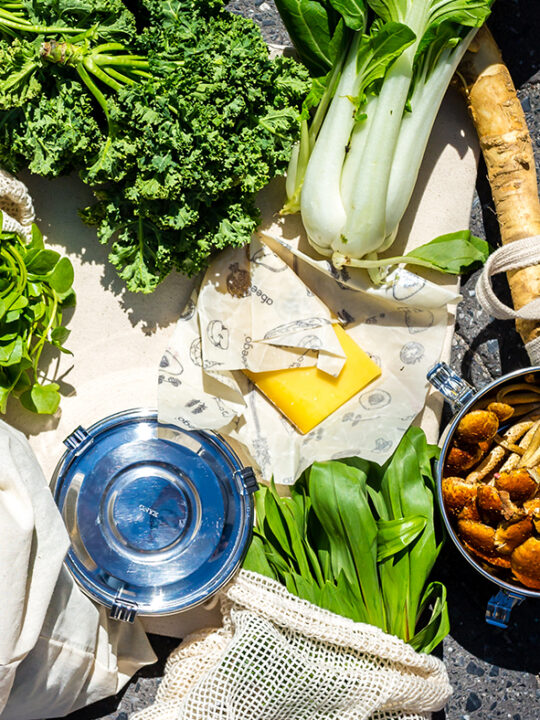
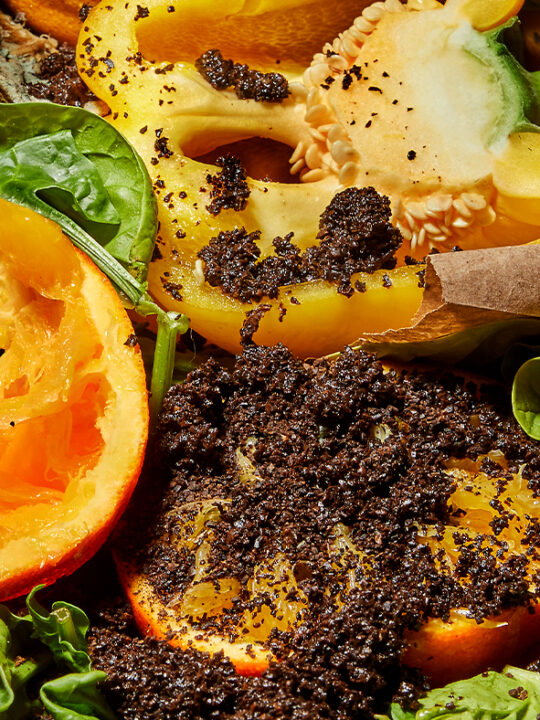
1 comment
I want to share news about your site to friends.